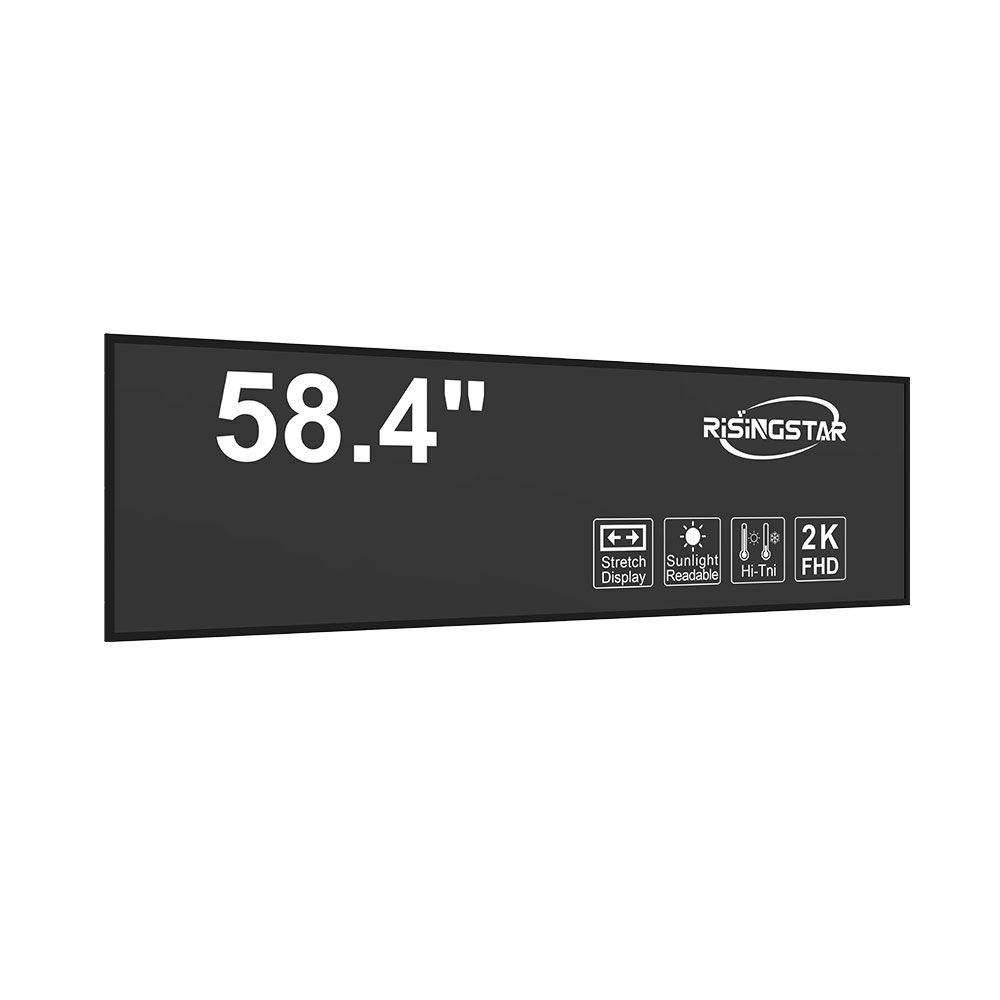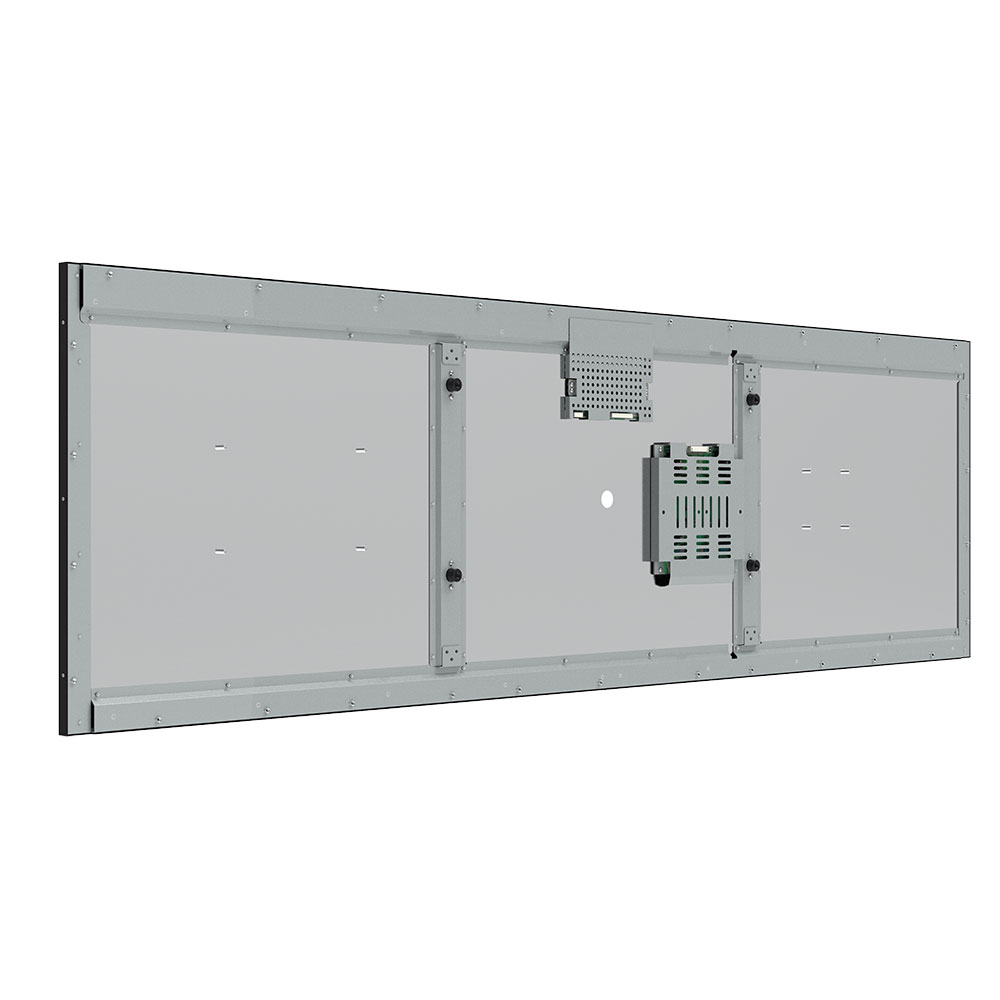- Home
- About Us
- Products
- News
- Video
- Contact
- Send Inquiry
Search
- Home
- About Us
- Products
- News
- Video
- Contact
- Send Inquiry

When selecting an outdoor high-brightness LCD display for industrial applications, especially for overseas equipment manufacturers and distributors, it's critical to understand the technical specifications, environmental resilience, and long-term performance that define reliability in harsh conditions. Unlike indoor displays, outdoor LCDs must perform consistently under direct sunlight, extreme temperatures, humidity, and mechanical stress—factors that can drastically reduce visibility and lifespan if not properly addressed.
First, brightness is the most critical metric. For outdoor use, a minimum of 5,000 nits is recommended by industry standards such as those from the Society of Motion Picture and Television Engineers (SMPTE), while premium models used in solar-intensive regions like the Middle East or Southeast Asia often exceed 10,000 nits. This ensures readability under direct sunlight without glare or color distortion. Manufacturers should look for displays using LED-backlit panels with advanced local dimming technology, which optimizes brightness distribution across the screen rather than uniform lighting—saving power and improving contrast ratios.
Second, environmental durability matters. IP65 or higher ingress protection ratings are essential for resisting dust, water jets, and even occasional submersion. NEMA 4X enclosures are another benchmark for industrial settings where corrosion resistance (e.g., salt spray exposure) is crucial—particularly in marine or chemical processing environments. According to IEEE 1682, these certifications ensure structural integrity and electrical safety under adverse weather conditions.

Third, temperature range must be carefully evaluated. Industrial-grade outdoor LCDs typically operate between -30°C to +70°C, with some models designed for -40°C to +85°C. This wide operational window allows deployment in Arctic cold storage facilities or desert-based mining operations. Thermal management systems—including passive heat sinks and active cooling fans—are key to maintaining stable performance over time.
Additionally, touch functionality adds value in field operations. Resistive touchscreens are more durable and work reliably with gloves, whereas capacitive screens offer better responsiveness but may fail in low temperatures or wet conditions. For global deployment, multi-touch with glove compatibility (like that seen in recent models from LG and Sharp) is ideal.

Finally, lifecycle cost matters. While initial cost may be higher, choosing displays with longer MTBF (Mean Time Between Failures) values—typically exceeding 50,000 hours—reduces maintenance frequency and downtime. Case studies from companies like Siemens and ABB show that investing in robust outdoor LCDs reduces total cost of ownership by up to 30% over five years compared to lower-spec alternatives.
In summary, for overseas equipment manufacturers and distributors, success hinges on balancing brightness, environmental resilience, thermal performance, and touch usability—all backed by rigorous certifications and proven real-world case data. Selecting the right outdoor high-brightness LCD display is not just about specs—it’s about ensuring operational continuity in unpredictable global environments.